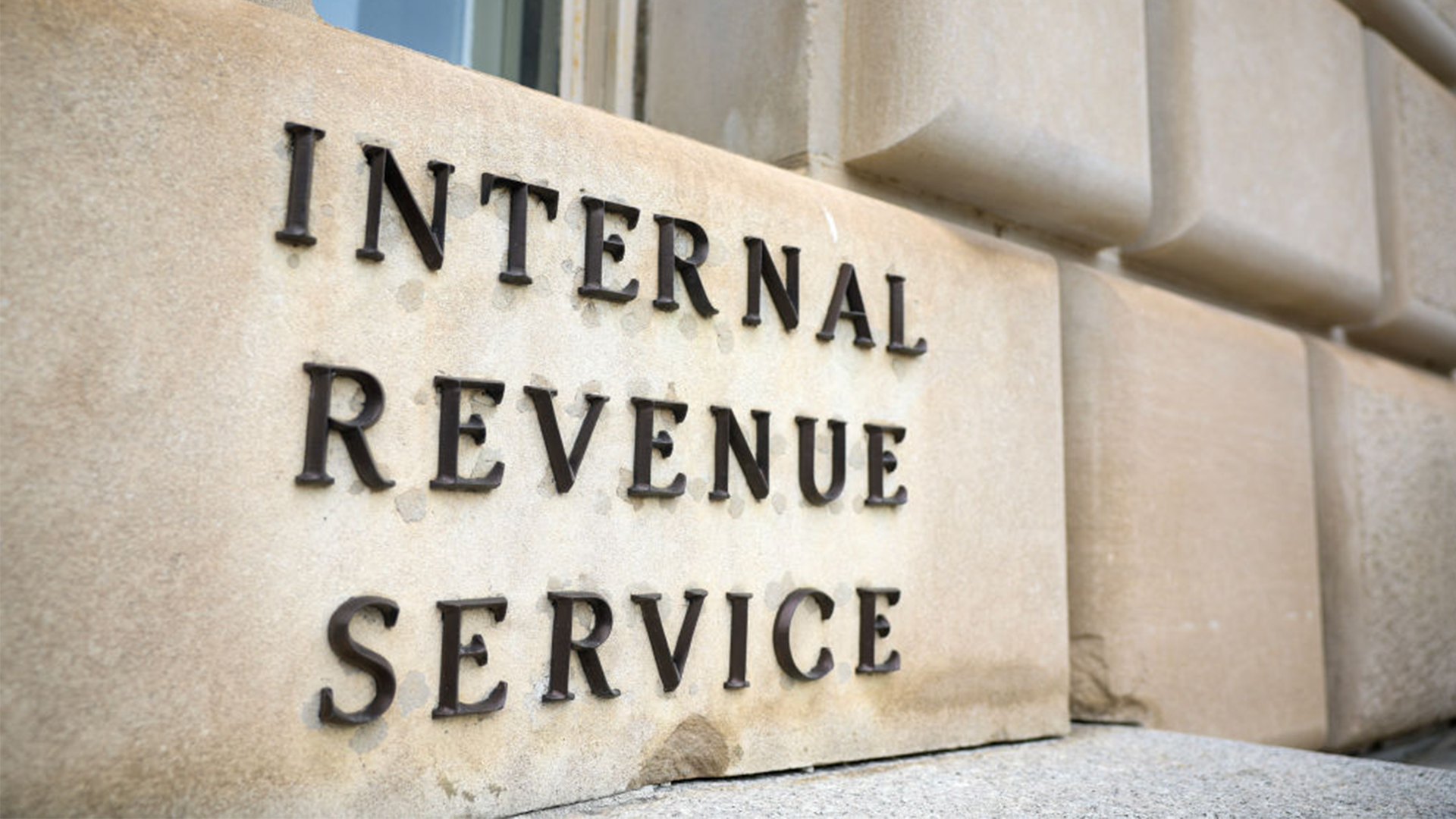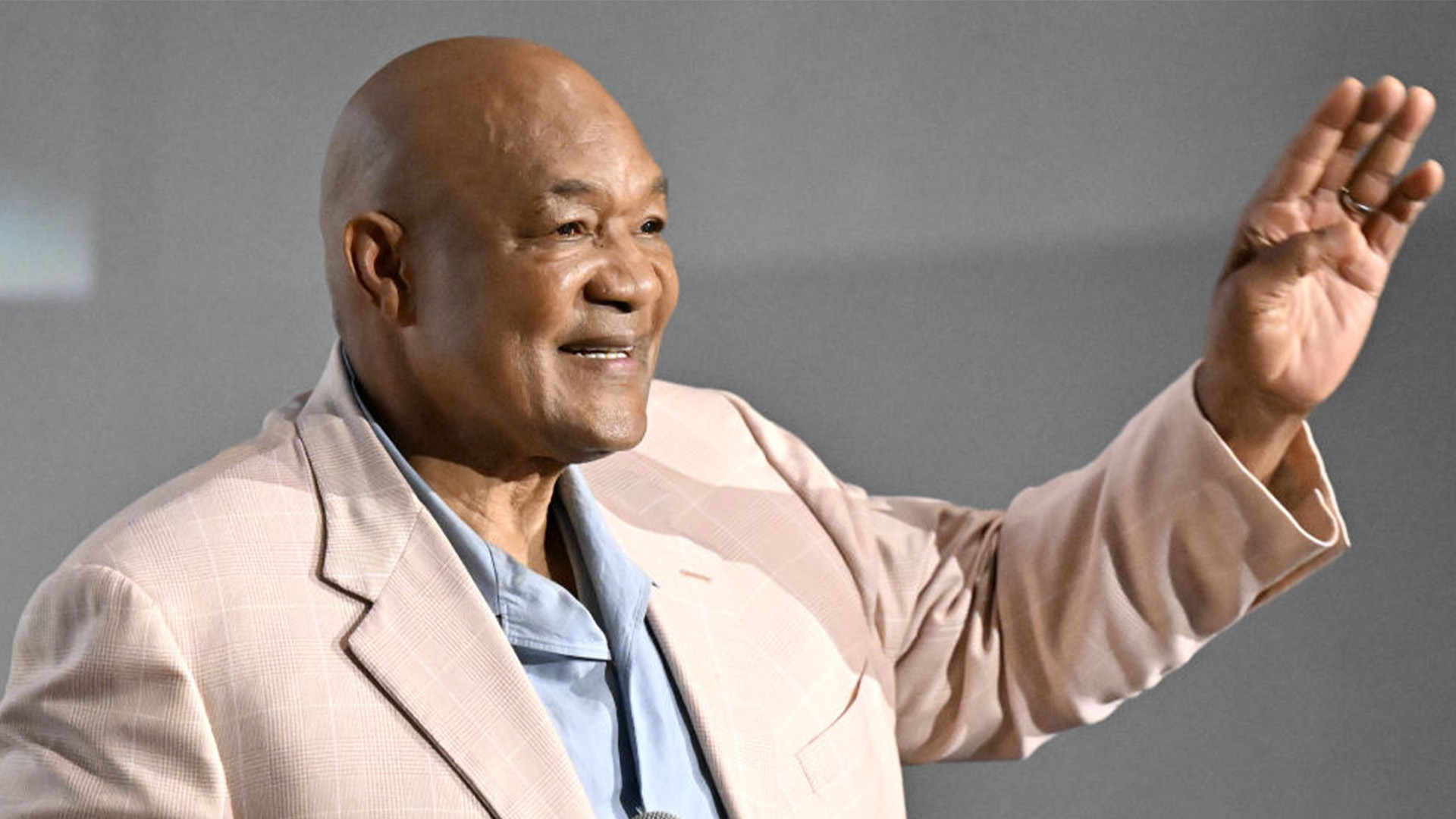Diversity, equity, and inclusion (DEI) are the buzzwords for many organizations. Companies across every industry are creating strategies and programs to ensure that current and future team members have a safe and equitable work environment.
But, what happens when the majority thinks DEI initiatives hurt them?
Policies And Procedures
Individuals from underrepresented communities have long faced systemic barriers that have hindered or slowed down what success means.
Due to this, policies like Affirmative Action were put in place. The executive order by former President Lyndon B. Johnson prohibited employment discrimination based on race, color, religion, and national origin by those organizations receiving federal contracts and subcontracts. The order was an addition to the already established Civil Rights Act of 1964.
However, despite its implication and early critiques that the policy would discourage merit and only consider race, white women are still the biggest beneficiaries of the early Civil Rights policy.
A report by the watchdog group Fairness and Accuracy in Reporting (FAIR) — “Framing Affirmative Action” –hones in on the point of heavily impacting white women.
The paper disclosed, “FAIR researched the cover-age of affirmative action in major newspapers over a six month period and found that in over 80% of the stories affirmative action was not linked in
any way to processes of discrimination or inequality.”
What was most telling was that most of the research failed to mention white women as beneficiaries of affirmative action.
Prioritizing People Of Color
Today, stakeholders have realized that while Affirmative Action may have done a modicum of good, it has pushed the needle to advocate for people of all backgrounds, ethnicities, identities, and races. This is why DEI is pervasive in work culture and why critics heavily contest the work as “unjust.”
Dropbox — the cloud storage service — is at the heart of such a dilemma. Recently, Jasmin Friedl, Senior Director of Product Design, tweeted that she would prioritize people of color for hire at the tech company.
“First up, I care deeply about building teams that represent the communities we work in and the people we serve,” Friedl tweeted. “I also deeply care about equity in hiring. Therefore, I choose to prioritize folks in our BIPOC and URM communities.”
Recurring Theme
According to CBS Austin, critics are arguing that Friedl’s prioritization is a civil rights violation.
The phenomenon of racial discrimination as it relates to prioritizing people of color is not new, particularly in academia.
Ivy League schools like Harvard and Yale have been at the center of lawsuits that alleged the historic institutions used implicit biases to admit certain races of students over others. In the case of Harvard, the students did not win their lawsuit for alleged discrimination. On the other hand, Yale was not so lucky.
According to the New York Times, a federal judge found that Yale violated civil rights law noting that white and Asian applicants were 1/8 to 1/4 as likely to be admitted as Black students with the same academic credentials.
Balancing The Scales
Cases like these make Friedl’s aspirations to diversify industries increasingly tricky. It begs to question the erroneous concept of reverse racism.
While many social justice advocates are firm that reverse racism is not a thing, white people are using the term as evidence of them not receiving the role, especially if the company has DEI objectives and goals.
Racism is racism.
And, in my opinion, here is a perspective worth considering:
- DEI prioritization does not eliminate the merit for all qualified applicants.
- Additionally, white skin is not a prerequisite for being qualified.

















